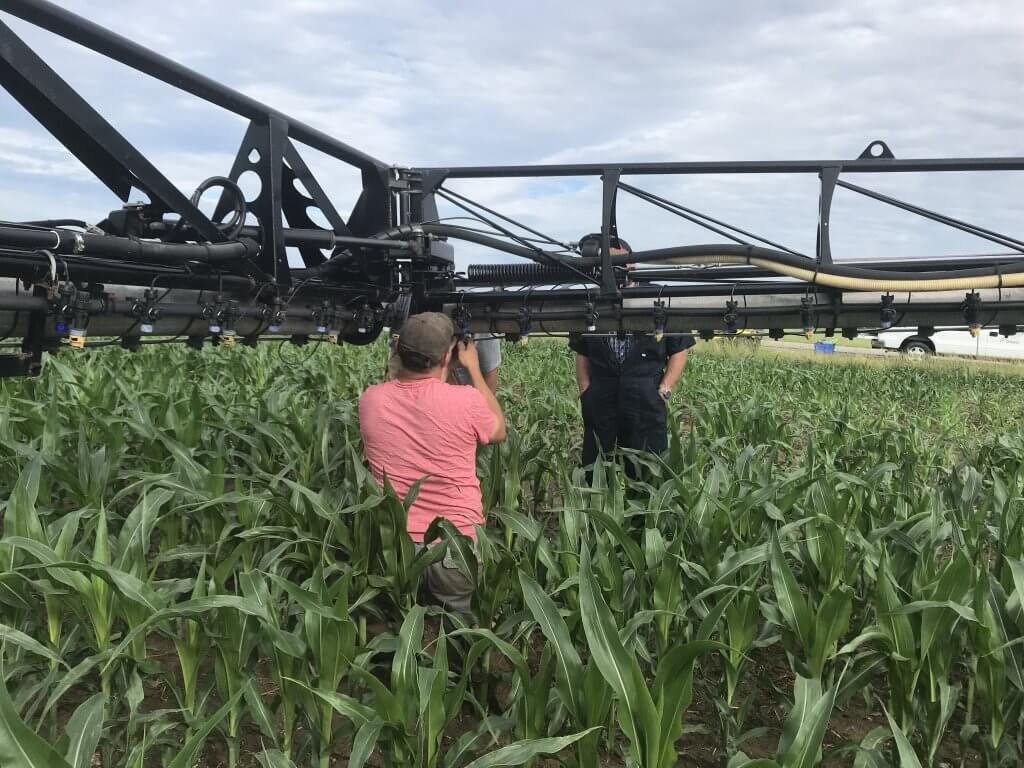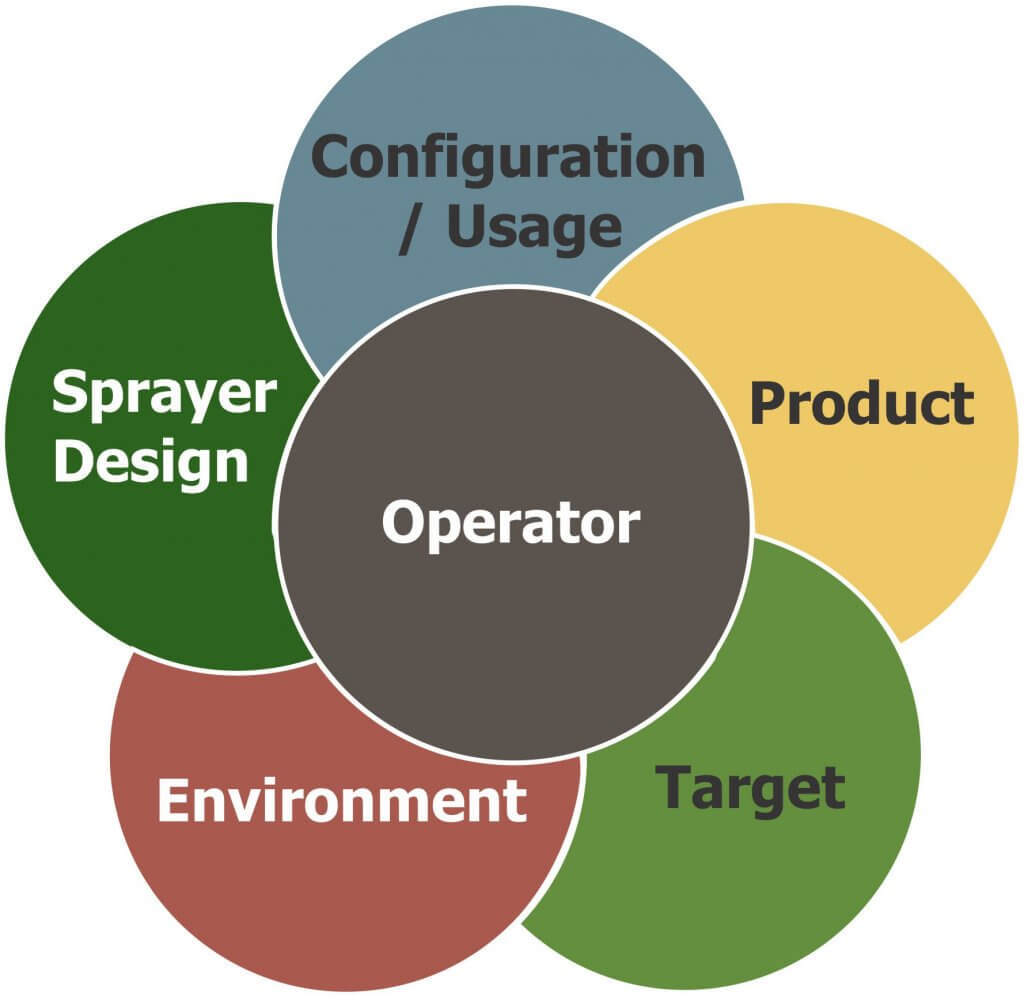
This article is reproduced, with permission, from Ohio State University Extension’s factsheet FABE-528. Although nozzles are some of the least expensive components of a sprayer, they hold a high value in their ability to influence sprayer performance. Nozzles meter the amount of liquid sprayed per unit area, controlling application rate, as well as variability of spray over the width of […]



